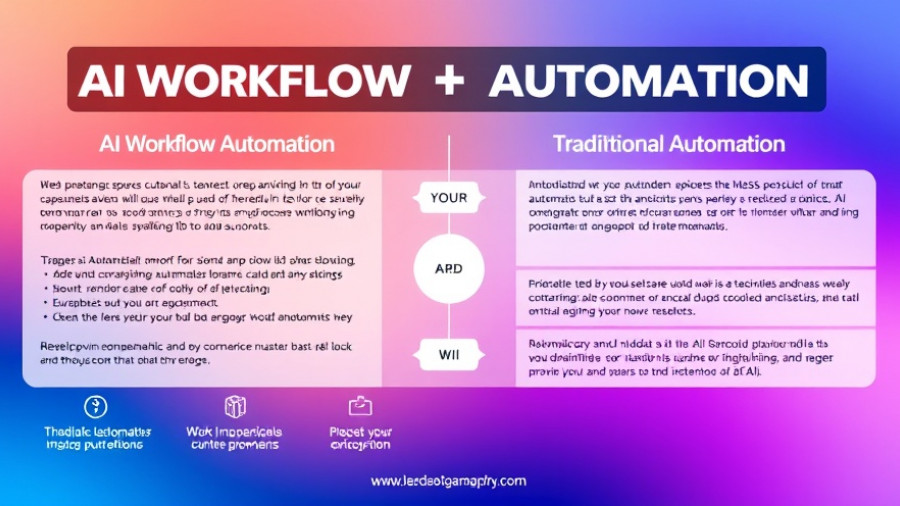
Understanding Agency Capacity Planning
When leaders in marketing agencies ask, “Can we take on this new project with the resources we have?”, they are diving into the critical process known as agency capacity planning. This essential function assesses how much work a marketing team can handle at any given moment or in the future, factoring in the skills of their personnel, their availability, and the specific demands of their clients.
Capacity planning doesn’t simply address the immediate need for resources; it considers larger operational questions. It helps in striking a balance between team productivity, managing burnout, meeting client expectations, and ultimately sustaining a viable output level. As noted in research on capacity planning metrics, effective management found its roots in understanding the total hours that teams can dedicate to projects.
Why Capacity Planning is Crucial for Agencies
In the fast-paced world of digital marketing, agencies frequently navigate unpredictable workloads, varying client timelines, and diverse team structures. Poor capacity planning can lead to overcommitment, causing team burnout, or underutilization of resources, resulting in lost revenue potential. Capacity planning empowers agencies to align available resources—meaning time, talent, and tools—with the volume of client work expected in their pipeline.
The benefits of strategic agency capacity planning are many:
- Optimized Workload Distribution: Effective planning balances workloads across departments, preventing team members from feeling overwhelmed.
- Maintaining Profit Margins: Clear visibility on both billable and non-billable hours allows for better project costing and efficiency.
- Forecasting Staffing Needs: Rather than resorting to reactive hiring or dependence on freelancers, agencies can hire and retain staff based on predictive analytics.
Integrating Technology into Capacity Planning
As digital agencies increasingly lean on technology, artificial intelligence stands out as a revolutionary tool in enhancing efficiency in capacity planning. AI can streamline project tracking, highlight scheduling conflicts early, and foresee burnout risks based on workload analysis. Still, it’s essential to remember that technology alone won't suffice; human oversight is paramount to interpret AI-generated insights effectively.
Moreover, tools such as performance analytics dashboards can be used to maintain creative quality and client retention. For instance, keeping track of the time-to-idea cycle is crucial for ensuring that teams aren’t overwhelmed while maintaining their standard of work.
Best Practices for Effective Capacity Planning
To ensure successful capacity planning, agencies should consider the following best practices:
- Assess Current Resources: Take inventory of available skills and equipment to better understand capacity limits.
- Engage in Scenario Planning: Regularly develop scenarios to handle fluctuations in demand, which could include unexpected project delays or resource shortages.
- Incorporate Team Feedback: Establish feedback loops involving project managers and team members to refine capacity planning practices continually.
The Future of Capacity Planning in Digital Marketing
As we look towards the future, agencies embracing capacity planning will likely find themselves equipped to not only meet current client demands but also forecast future needs successfully. With the right framework in place, agencies can balance their resources and maintain employee morale while delivering optimal results for clients. The 2023 trends indicate that those who invest time in refining capacity planning strategies will see improved margins and greater overall efficiency, ultimately leading to business growth.
Take Action: Improve Your Agency's Capacity Planning
In an industry where fluctuations are the norm, equipping your agency with robust capacity planning strategies can lead to successful project management and strong client relationships. For agency leaders, understanding and implementing effective capacity planning practices is not just a nice-to-have but a necessity for sustainable growth.
 Add Row
Add Row  Add
Add 




Write A Comment